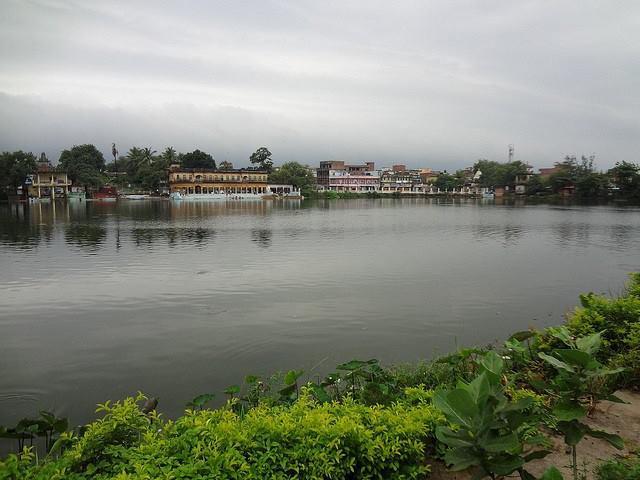Augmenting Blue Land Uses: An adaptation approach for Climate Change in Urban Areas. A case study of Janakpur Municipalities, Nepal
Main Article Content
Abstract
Climate change has emerged as a major challenge to human kind in the 21st century and Nepal is no exception. The challenges are even more severe in the context of urban areas where most wealth and population is concentrated. Greening an area is a major strategy for adapting to climate change; however, with blue land use a major source of evaporation can act as another activity to aid the adaption to climate change, where ponds are traditionally present within a city but are often abandoned. The present research has been carried out in the city of Janakpur situated in the central southern flatland of Nepal along its Southern border with India. The research outlines the relation of blue land use and its cooling capacity in an urban area. The research adopts both qualitative and quantitative research methods, showing that blue land use does have positive a correlation with the cooling of the surrounding area. The research in Janakpur, a pond city with more than 200 ponds within the urban fabric reveals that during summer the houses along the ponds will experience temperatures 2 °C lower than houses situated more than 100 m away from the ponds.
Article Details
Issue
Section

This work is licensed under a Creative Commons Attribution-NonCommercial-NoDerivatives 4.0 International License.

